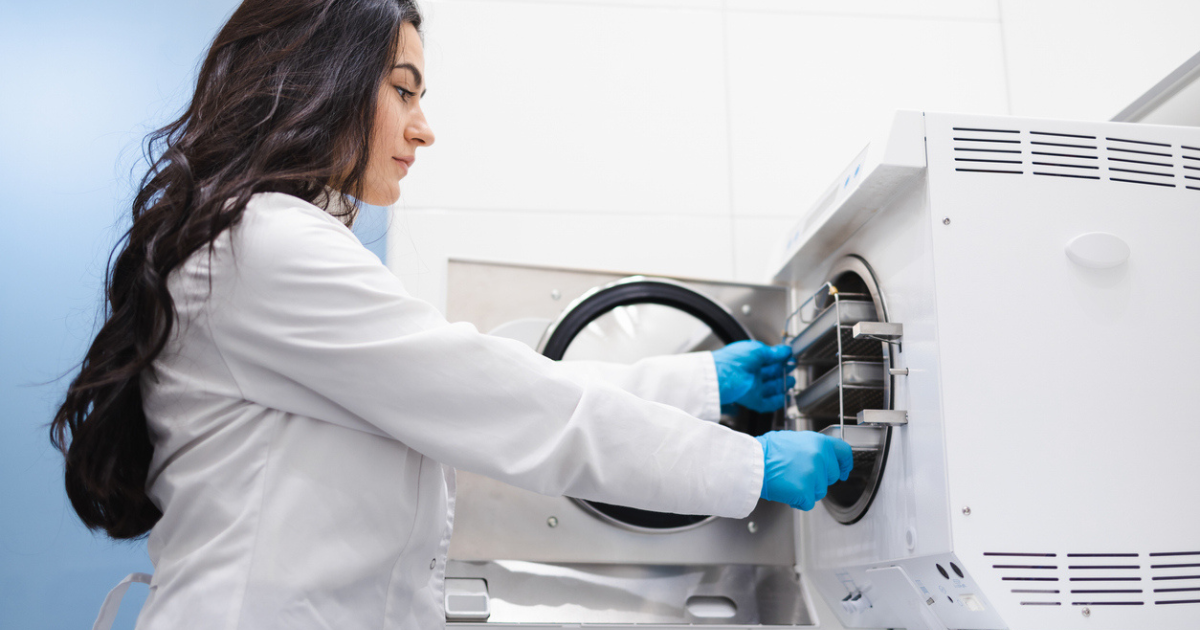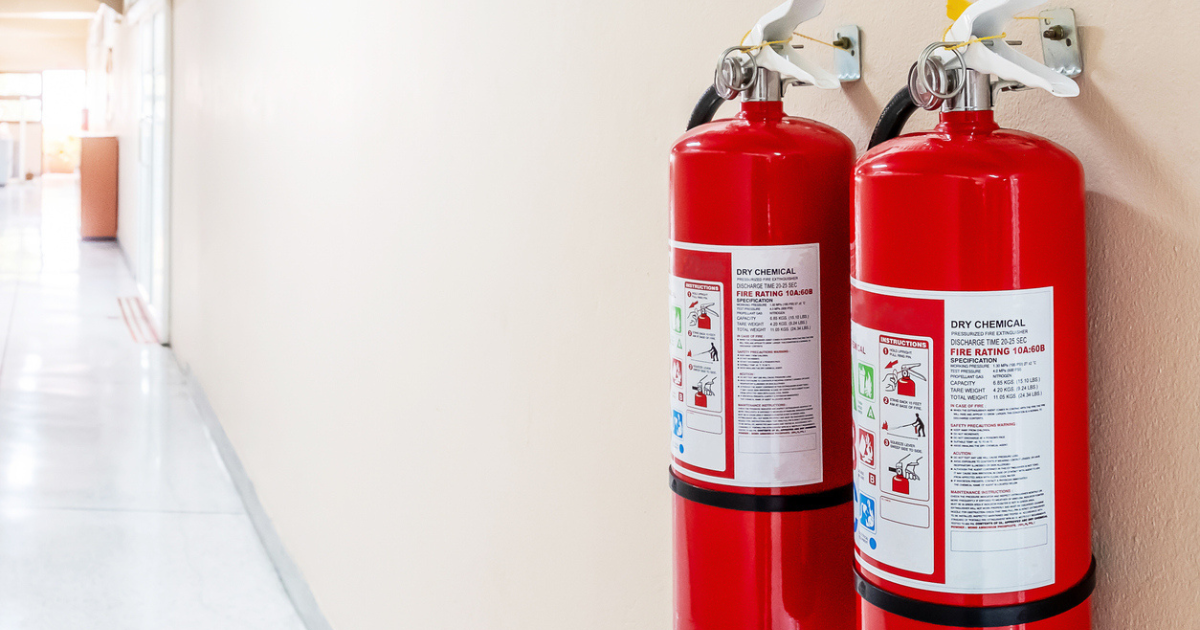Safety Considerations When Using Vacuum Ovens
Posted by USA Lab Equipment on Jan 29th 2025
Using a vacuum oven for butane hash oil (BHO) extraction requires careful attention to detail at every step. Whether you’re setting up, operating, or shutting down, each action contributes to the safety and success of your work. Here’s how to manage your vacuum oven responsibly from start to finish.
Know Your Equipment
Operating a vacuum oven for BHO extraction? Your first step is to read the manual. It’s your best guide to safe and effective use.
The manual covers everything from setup to shutdown. It’s packed with critical safety tips and operation steps specific to your model. Skipping parts of the manual can lead to missed safety warnings that prevent accidents and allow for smooth operation.
It also outlines how and when to maintain your oven to keep it running reliably. Got a problem with your oven? The troubleshooting section helps you solve common issues without risking damage or downtime.
Choose the Right Spot
Where you place your vacuum oven can make a big difference in its performance and safety. Environmental factors like heat, humidity, and airflow can all affect its operation.
-
Avoid placing the oven near other heat-producing equipment that could cause overheating.
-
Place the oven in a low-traffic area to prevent accidental bumps or disruptions.
-
Keep the area dry and well-ventilated to keep high humidity from damaging the oven’s electronics and hardware.
-
Watch out for sunlight since it can raise the ambient temperature and make it harder for the oven to maintain consistent conditions.
Use Approved Accessories
When you're running a vacuum oven for cannabis extraction, it’s tempting to tweak things. However, there’s a reason why you should stick strictly to the manufacturer-approved accessories and steer clear of any DIY modifications. They’re designed to work safely with your oven, so you don’t have to worry about accidents or compatibility issues.
Altering your oven or using makeshift parts can be dangerous. Modifications can lead to serious safety risks like leaks, fires, or even explosions, especially when dealing with volatile substances.
Unsure about an accessory or thinking about a change? Reach out to the manufacturer or a professional technician before you do anything. They can offer guidance and prevent you from inadvertently stepping into risky territory.
Load It Properly
When loading your vacuum oven, where and how you place items inside can significantly impact the safety and the quality of your results.
The chamber bottom of your oven gets hotter than the shelves, which can cause your samples to overheat. Stick to using the shelves for even heating and to keep delicate materials from getting ruined.
Sealed or filled containers can be a recipe for disaster. Under the vacuum's pressure, these containers can burst, sending shards and their contents flying – definitely not what you want. Similarly, avoid using alcohol or mercury thermometers, which can break under the extreme conditions in your oven, releasing toxic substances or causing fires.
Take Care of Your Equipment
The power cord is a lifeline for your vacuum oven. Looking after it helps prevent some common but serious hazards. Avoid bending the cord too sharply or wrapping it too tightly around anything since this can damage internal wiring. Also, keep the cord out of pathways where it can be stepped on and away from places where heavy objects might be placed.
If you notice any damage to the cord, such as fraying, exposed wires, or cracks, stop using it immediately. A damaged cord is a serious safety hazard that can cause electrical shocks or even start a fire. Contact the manufacturer for a replacement or consult them for a cord that matches your oven’s specifications.
In addition to protecting the cord, be mindful of where you store your vacuum oven. Avoid placing it near corrosive chemicals or in moist environments since these can damage the electronics and hardware over time.
A clean, dry, and well-ventilated space will help extend the oven’s lifespan and maintain its performance.

Manage Byproducts
Using a vacuum oven for cannabis extraction can release residual solvents like butane, which can create hazardous vapors if not properly managed. Make sure the exhaust from your vacuum pump is vented outside your workspace. This keeps the air inside clean and safe for everyone.
Place your vacuum oven in a workspace with proper ventilation, such as fume hoods or exhaust systems. These systems help dissipate residual solvent vapors and maintain clean air.
Install butane detectors around the vacuum oven to monitor for leaks or accumulations of butane, particularly because residual solvents are being purged. Wear protective equipment, such as chemical-resistant gloves, safety goggles, and lab coats, to shield yourself from potential exposure.
Safely Plugging In
Before setting up your vacuum oven, make sure it’s plugged into a grounded outlet to avoid electrical shocks and reduce the risk of fire. Not sure if your outlet is grounded? Have an electrician take a look and give you the green light.
Make sure your setup complies with local electrical codes. These aren’t just formalities. They’re designed to keep you safe. If your outlet isn’t up to snuff, an electrician can fix it or install a new one.
Without proper grounding, even harmless parts like knobs or controls can become shock hazards. Taking the time to check your setup now can prevent serious safety issues later.
Power Down for Repairs
Getting ready for repairs or maintenance on your vacuum oven? Start by turning off the power. Unplugging the oven prevents accidental startup and protects both you and the oven from electrical mishaps.
If your oven is plugged into a wall, unplug it. If it’s hardwired to your building's power, head to your breaker box and flip the switch for the oven. Double-check that the power is really off. A quick way to check is to try turning the oven on or using a voltage tester.
Put up a note or a sign saying you’re working on the oven so nobody accidentally plugs it back in. Even with the power off, wear gloves and safety glasses to stay safe. When the repairs are done, remove your tools, reconnect the oven, and run a quick test to make sure everything is back in working order.
Moving Your Oven
Before moving your vacuum oven, always let it cool completely. Ovens can stay hot for a while after use, and touching the surfaces or internal components while they’re still warm can cause burns. A hot oven is also a spill risk, which can create both a mess and a safety hazard.
Once the oven is cool, take a moment to prepare it for the move. Remove or secure loose shelves or components and lock the doors to avoid rattling or damage.
If the oven is heavy or awkward to lift, don’t try to do it alone. Get help or use a trolley or forklift to make the process easier and protect yourself from strain.
When setting the oven down in its new spot, make sure the surface is stable, level, and away from anything flammable. A little extra care during the move keeps your oven safe and ready for its next use.

Emergency Procedures
Planning for unexpected situations is an essential safety consideration. While emergencies are rare, knowing basic response steps helps reduce risks and prevent further complications.
If you notice sparking, unusual sounds, or flickering controls, turn off and unplug the oven immediately. If you suspect an electrical issue, avoid touching the oven’s exterior, and have the unit inspected by a qualified technician before using it again.
If the oven overheats or emits smoke, turn it off and unplug it immediately. Keep the oven chamber closed to avoid introducing oxygen, which could intensify any internal fire. It is recommended that a suitable fire extinguisher be nearby in these situations.
Many vacuum ovens have built-in alarms or sensors for temperature and pressure. Always respond immediately to these alerts by shutting down the oven and investigating the issue before continuing use.
Building a Safe and Efficient Lab
Safety is what keeps everything running smoothly with a vacuum oven. Whether using the right tools or loading the extract carefully, each step helps protect your team and deliver great results. A little care goes a long way toward creating a safer, more efficient workspace.

